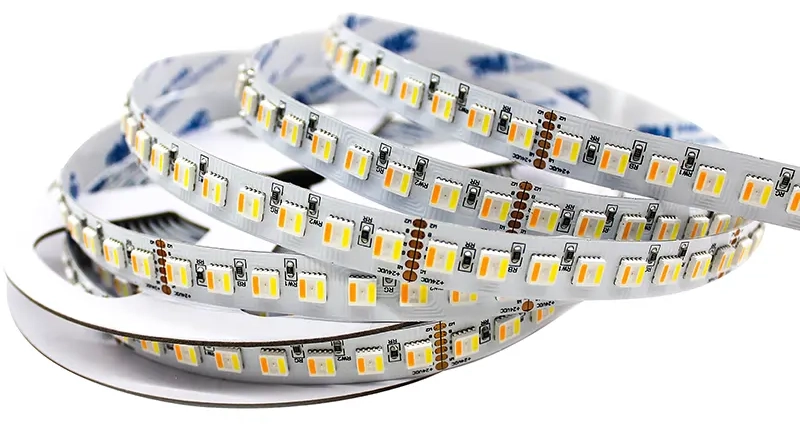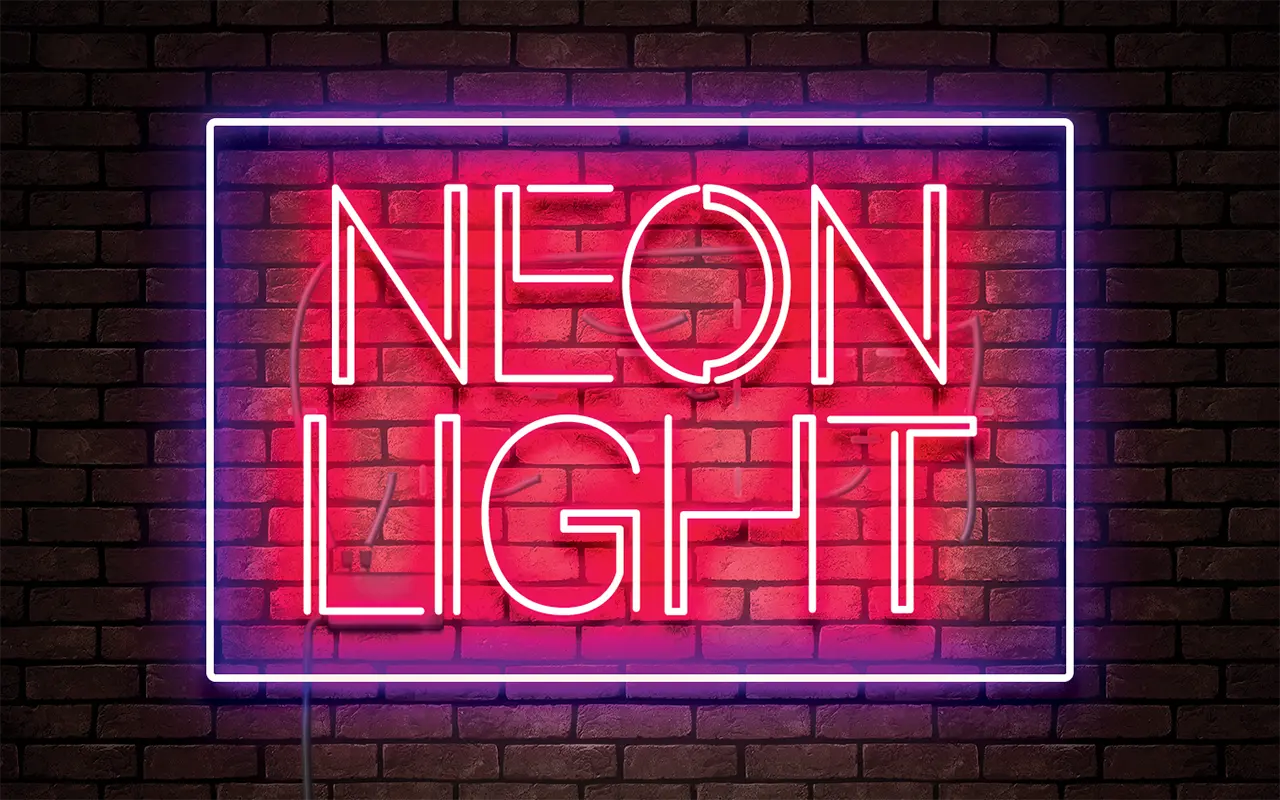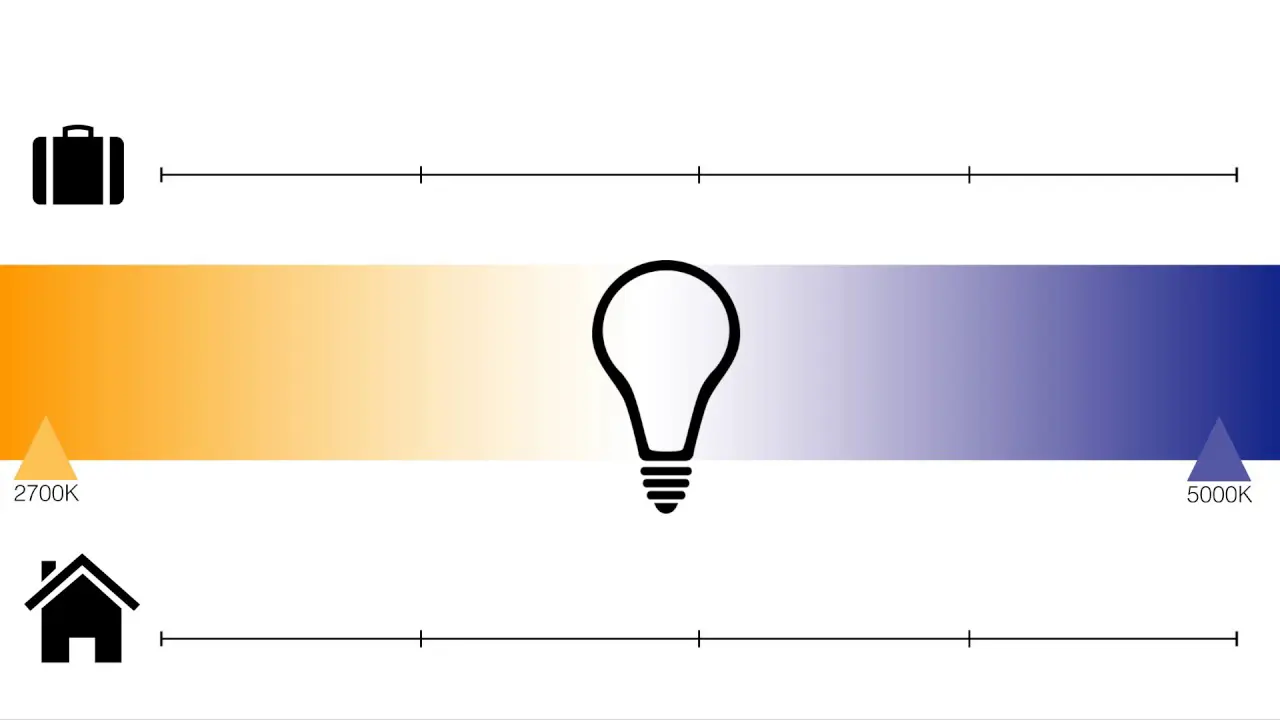In the ever-evolving world of LED lighting technology, consumers are faced with a myriad of options, each boasting unique features and capabilities. Among the most popular choices are RGB, RGBIC, and RGBWW LED lights. While these acronyms may seem confusing at first glance, understanding the differences between them is crucial in making an informed decision when selecting the perfect lighting solution for your needs. In this comprehensive guide, we will explore the intricacies of RGB, RGBIC, and RGBWW LED lights, shedding light on their distinct characteristics and applications.

Picture source: RGB vs RGBIC vs RGBWW
Understanding RGB LED Lights
RGB LED lights are the foundation upon which more advanced LED lighting technologies are built. The term “RGB” stands for Red, Green, and Blue, representing the three primary colors that these lights utilize to create a wide spectrum of hues. By adjusting the intensity of each color, RGB LED lights can produce millions of different shades, allowing for a highly customizable lighting experience.
One of the main advantages of RGB LED lights is their versatility. They can be used in a variety of settings, from home decor and gaming setups to commercial spaces and event lighting. RGB LED lights are also relatively affordable compared to more advanced options, making them a popular choice for those on a budget.
The Evolution of RGBIC LED Lights
RGBIC LED lights take the concept of RGB lighting to the next level by incorporating an integrated circuit (IC) chip into each LED. This innovative technology allows for individual control over each LED, enabling the creation of intricate, multi-colored patterns and effects that are not possible with traditional RGB LED lights.
With RGBIC LED lights, users can enjoy a more dynamic and immersive lighting experience. Each LED can display a different color simultaneously, resulting in stunning gradients, mesmerizing animations, and seamless color transitions. This level of control opens up a world of possibilities for creative lighting designs in both residential and commercial settings.
The Warmth of RGBWW LED Lights
RGBWW LED lights introduce an additional dimension to the color palette by incorporating warm white (WW) LEDs alongside the standard RGB LEDs. The inclusion of warm white LEDs allows for the creation of more natural and inviting lighting atmospheres, mimicking the cozy ambiance of traditional incandescent bulbs.
The warm white LEDs in RGBWW lights emit a color temperature around 2700-3000K, which is similar to the warm glow of candlelight or sunset. This makes RGBWW LED lights particularly well-suited for creating relaxing and intimate environments, such as bedrooms, living rooms, or restaurants.
RGBIC vs RGBWW: A Comparative Analysis
When it comes to choosing between RGBIC and RGBWW LED lights, it ultimately depends on your specific needs and preferences. RGBIC LED lights offer unparalleled control over individual LEDs, allowing for the creation of captivating, multi-colored displays. This makes them ideal for gaming rooms, home theaters, or any space where you want to make a bold statement with your lighting.
On the other hand, RGBWW LED lights prioritize the inclusion of warm white LEDs, providing a more natural and inviting ambiance. If your primary goal is to create a cozy and comfortable atmosphere, RGBWW LED lights are the way to go. They are perfect for living spaces, bedrooms, or any area where you want to unwind and relax.
It’s worth noting that both RGBIC and RGBWW LED lights offer a wide range of colors and customization options. However, RGBIC lights excel in creating dynamic, eye-catching effects, while RGBWW lights focus on delivering a more balanced and natural lighting experience.
- Recommended reading: COB LED Strip
Conclusion
In the battle of RGB vs RGBIC vs RGBWW LED lights, there is no clear winner. Each technology has its own unique strengths and applications, catering to different preferences and requirements. RGB LED lights provide an affordable and versatile solution for those seeking a wide range of colors, while RGBIC LED lights offer unmatched control and creativity with their individually addressable LEDs. Unitopledstrip RGBWW LED lights, on the other hand, prioritize the inclusion of warm white LEDs for a more natural and inviting ambiance.
Ultimately, the choice between RGB, RGBIC, and RGBWW LED lights depends on your specific needs, budget, and desired lighting atmosphere. By understanding the differences between these technologies and considering your priorities, you can make an informed decision and select the perfect LED lighting solution to elevate your space in 2024 and beyond.


